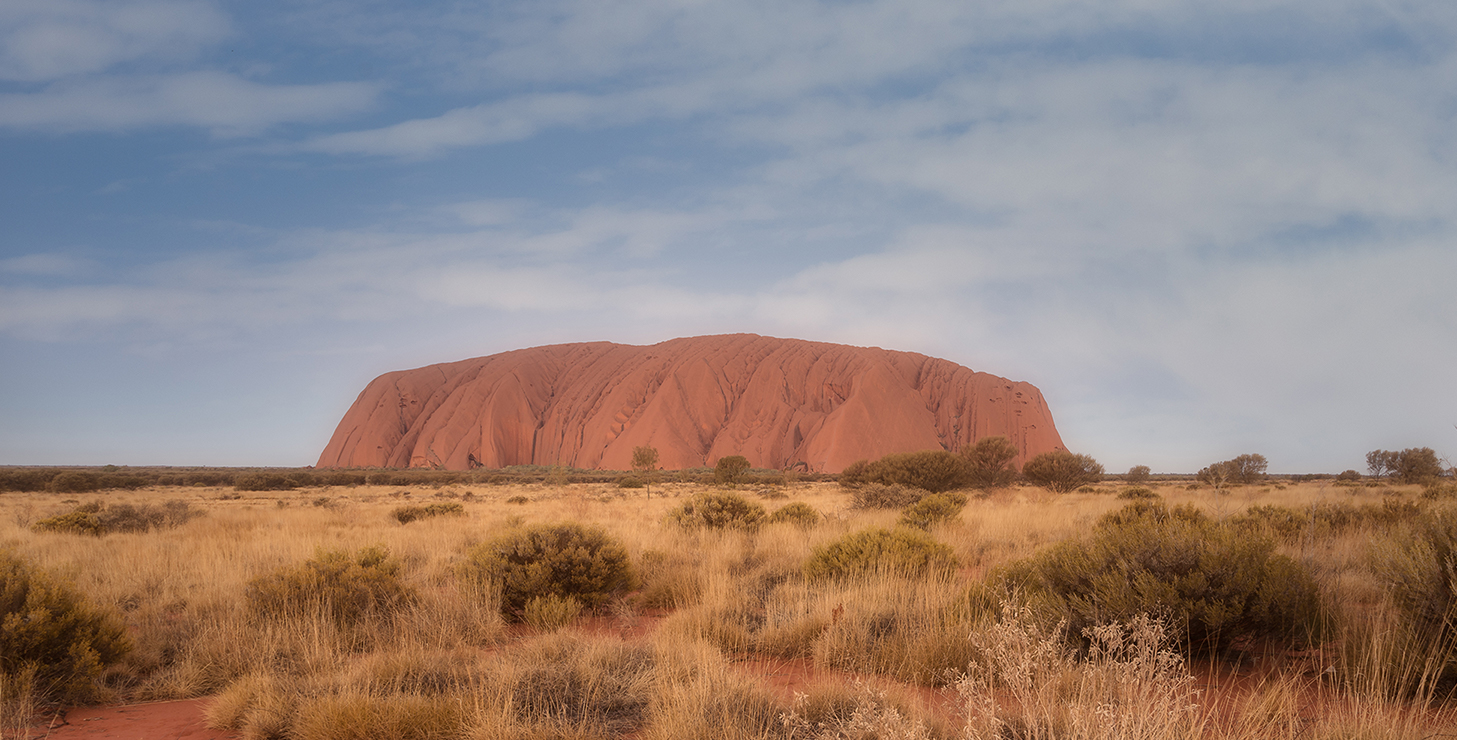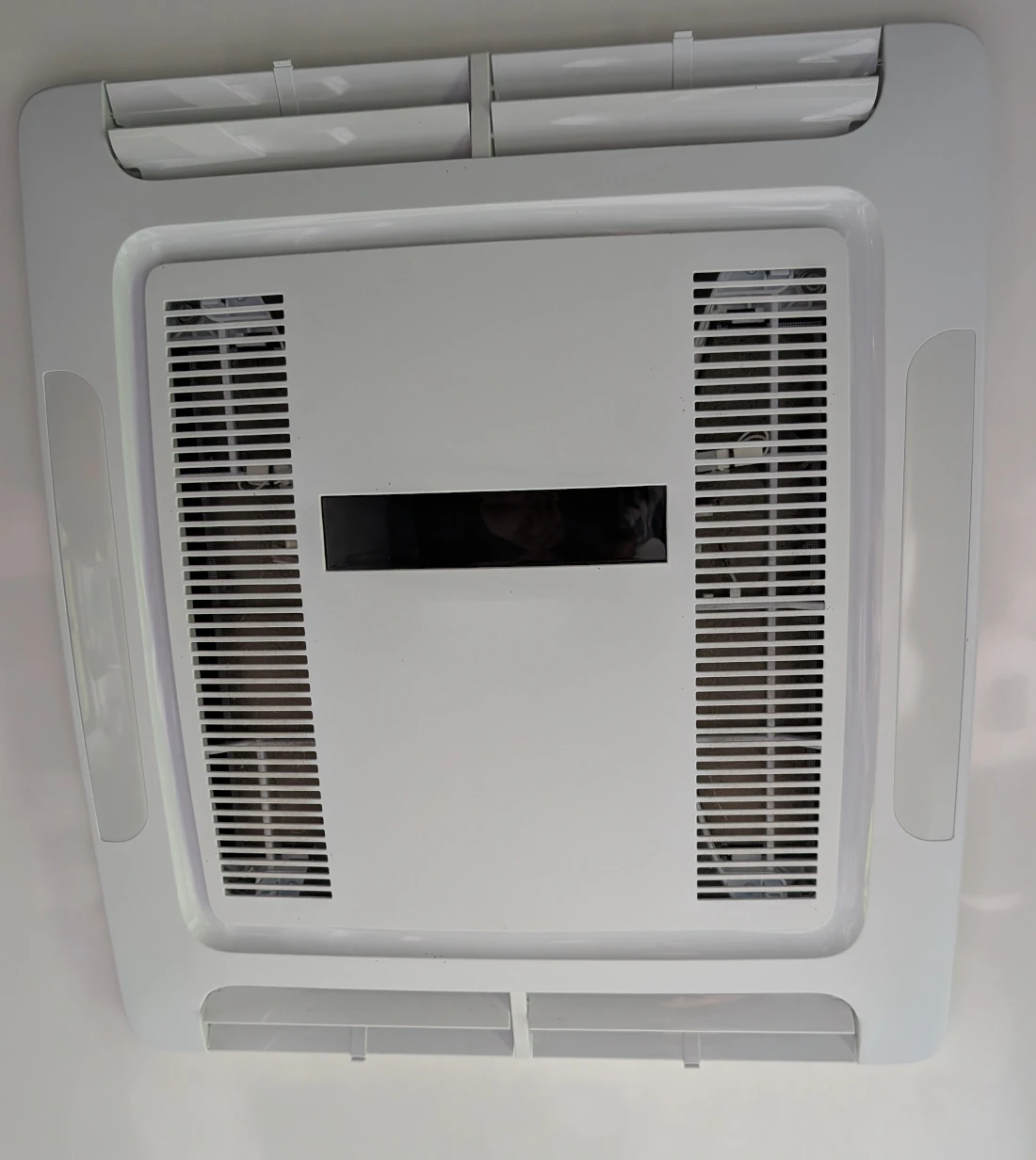The running A/C off grid in a caravan can be a game-changer for comfort but doing this comes with serious power challenges. Whether you’re relying on solar and batteries, a generator, an understanding of power consumption, insulation and efficiency can help you get the most out of your setup.
We have been on the road now for 8 months and have survived a summer – phew! A lot has been learnt, so I thought I would share what I have learnt and also what the realities are with the challenges of running A/C off grid.
Be warned when trying to get a good electrical system capable of running A/C off the caravan batteries, it will be an expensive exercise. The number one thing you have to pay a great deal of attention to, is charging those batteries.
As I will explain in this post, running A/C off Lithium batteries is relatively easy, it is the charging of those batteries which is in fact the biggest challenge.
The Variables
- Power & Energy – This is about Watts, Amps, Volts and battery capacity.
- Air Conditioning – Power Consumption and Cooling Capacity.
- Thermal heat – Temperature difference (outside to inside), heat load, thermal conductivity, insulation, external colour of caravan and direct sunlight on the van.
- Charging – battery capacity, solar generation and generator.
Power & Energy
The latest vans now come with varying voltage – 12V, 24V and even 48V. What does all this mean as far as running an A/C or any other high power appliance system of grid?
The Maths
1000W(p) is the same no matter the volts(v) or amps(a) or even AC or DC
What I mean by the above statement is if you see a appliance with 1000W, then that number never changes, the volts and Amps change to provide that power.
P = V x A
| Voltage (V) | Amps (A) |
|---|---|
| 12V DC | 1000W ÷ 12V = 83.3A |
| 24V DC | 1000W ÷ 24V = 41.7A |
| 48V DC | 1000W ÷ 48V = 20.8A |
| 240V AC | 1000W ÷ 240V = 4.2A |
1000W is always 1000W no matter the voltage.
As voltage increases, current decreases proportionally.
Higher voltage systems improve efficiency by reducing current draw and cable size needs.
Battery Voltage and Capacity
Energy(W) = Voltage(V) x Capacity(Ah)
Case 1: 12V System (Parallel)
- Two 12V 200Ah batteries in parallel = 12V 400Ah
- Total energy = 12V × 400Ah = 4,800Wh (4.8kWh)
Case 2: 24V System (Series)
- Two 12V 200Ah batteries in series = 24V 200Ah
- Total energy = 24V × 200Ah = 4,800Wh (4.8kWh)
Watt-hours (Wh) vs Amp-hours (Ah)
- Amp-hours (Ah) = How much current a battery can supply over time
- Watt-hours (Wh) = How much energy a battery can deliver
12V 400Ah = 4800Wh = 4.8kWh
Since all Lithium batteries won’t let you go down to 0, they will generally shut off at about 10% remaining capacity, so in real world use, only 380Ah.
4,800Wh x 0.8 = 3,840Wh (3.84kWh usable)
As you can see, how 2 batteries are connected does not automatically translate to double the capacity. Also something to bear in mind is the cost. A 24V LifePo4 battery is substantially more expensive than it’s 12V equivalent and physically bigger.
Cost can be a major factor, with more power and higher voltages, the more expensive and complicated things can get. The higher voltage is good for the high current items but most, if not all items in the caravan are still going to be 12V.
Running A/C off Lithium batteries in this day and age is not too difficult, all you need is a decent inverter.
Thermal Heat (Caravan Construction)
This is where we talk about how much heat there is to remove, and what a typical caravan A/C unit is capable of. Also whether the caravan is in direct sunlight, the colour and construction of the van can also make a big difference.
Caravan Construction
| Construction type | Energy Absorbed | A/C Power Usage | Total A/C runtime |
|---|---|---|---|
| Aluminium Frame | 4000 (w/hr) | 1100 (w/hr) | 3.5 Hr |
| Wooden Frame | 3500 (w/hr) | 1000 (w/hr) | 3.8 Hr |
| Composite Panels | 2500 (w/hr) | 800 (w/hr) | 4.8 Hr |
Key Points
Aluminium Frame = Least Efficient Cooling
- Heat seeps in rapidly through the frame, forcing the A/C to stay on full power constantly.
- 3.5-hour battery life
Wood Frame = Moderately Efficient
- Less thermal bridging, so less heat enters, and A/C can cycle off occasionally.
- 3.8-hour battery life
Composite Panels = Best for Off-Grid A/C
- Highly insulated walls reduce heat gain, meaning the A/C doesn’t need to work as hard.
- 4.8-hour battery life
The composite caravan will be the best but also the most expensive. Parking in the shade will help with the cooling. Using a shade cloth on the fridge side of the caravan can help as well. Also there is the colour of the van to consider.
Colour
A study on vehicle heat absorption found that:
- A black car parked in the sun reached 60-70°C inside.
- A white car in the same conditions only reached 45-50°C.
- Similar effects apply to caravans, especially with a large surface area exposed to the sun.
In Short
The best van to keep cool, would be –
- Composite material
- White colour
How hard the A/C has to work depends on the colour and construction of the caravan, and also whether or not the van is in shade.
There is not much you can do if you already have your caravan, it may be something to think about if in the process of deciding what caravan to buy.
Solar requirements
It is fair to say if you are taking 80A out of the batteries, then you will need a substantial solar/charging system to put it back. Especially since there will be large parts of the day when the solar system won’t be able to perform at full power, i.e shade, clouds, time of day.
| Factor | Impact |
|---|---|
| Panel efficiency losses | -10% (heat, wiring, controller losses) |
| Peak Sun Hours | Typically 4-6 hours per day at best |
| Weather, Obstructions & Angle | Cloudy days, poor angles reduce performance |
For a 12V system needing 80A: plan for at least 1200W+ of solar panels.
For a starting point, that would be 4x 300W panels. I would also add that on a hot day, you will probably run the A/C for a lot more than a few hours. This amount of solar would be an absolute minimum. Depending on the size of your van, more would be better even if one or two panels are portable and need to be set up.
You will need a powerful MPPT/DCDC charging system, not many caravans can run 80A plus charging systems.
Specifications Needed for Off-grid A/C
The below table would be the minimum specs needed to run A/C reliably and to be able to charge the batteries. It would be fair to say that this would be an expensive caravan, if bought today, in the range of $170,000+.
| Component | Minimum Specs |
|---|---|
| Battery bank | 600Ah+ @ 12V or 300Ah+ @ 24V |
| Inverter | 2500W |
| Solar | 1200W – 2000W total |
| MPPT controller | 100A or dual 50A |
| DC-DC Charger | 80A+ |
| Construction | Insulated composite panels, minimal thermal bridging |
| A/C Unit | Soft-start, efficient (1000W continuous preferred) |
Our Experience
Our van is small, 16 Foot, we have 3 panels on the roof (no room for any more) and a portable panel, all up we can get to about 42A, max, barely 50% of whats needed. Even so, that will extend our A/C time to about 5 – 6 Hours. Our AC and DC charging system is rated to 40A, well short of what is needed with the challenges of running A/C off grid.
When the van is sitting in the sun the walls heat up (Aluminium Frame). If you try to cool the van down with the A/C, it works however as soon as the A/C is turned off, the van heats straight back up even if the sun has set, it takes some time for the built up heat in the walls to dissipate.
On very hot days, the DC-DC charger can get hot, it may throttle back the charging.
On the very hot days i.e 40 degrees plus, the overnight temps are not much cooler, so A/C will be needed over night.
Trees are a big factor, they keep your van cooler, but kill your solar
How we Cope with the challenges of running A/C off grid.
Fortunately, in Australia, the seriously hot months are from late November to end of March. You can get away from a lot of the heat by being in the southern part of the country by the coast. Another place to be could be at altitude, think above 600 metres in places like Snowy Mountains. We haven’t tested this theory yet.
Keeping a close eye on the weather forecasts – with heat waves you usually get a few days notice, time to find a caravan park.
Caravan parks with powered sites. Yes they may not be everybody’s favourite but it is nice to have unlimited power.
A generator – we have a small one being a Yamaha 1Kva however it can’t run the A/C. We didn’t get a bigger one simply due to size and weight restrictions of our setup. Also there are lots of places that don’t like you using them.
If after a generator to run A/C then think 2.2Kva or larger.
A swimming pool, river or lake is great way to cool down. Also wetting towels or tea towels or something to help cool you.
All this is of course subjective, how tolerant are you of the heat? I have found the older you get, the less tolerant you become. Well, that’s our experience.
What do you think? Leave some comments below if you have any suggestion or corrections.
Thanks for reading The Challenges of Running A/C Off-Grid in a Caravan. Shadow, the van, and the two of us will catch you at the next campsite.
If you like this type of content, please consider signing up for our newsletter.


Leave a Reply